Days of Punk
| Fashion
The History of Pop-Punk: How Did We Get Here?
Posted by Michael Grecco
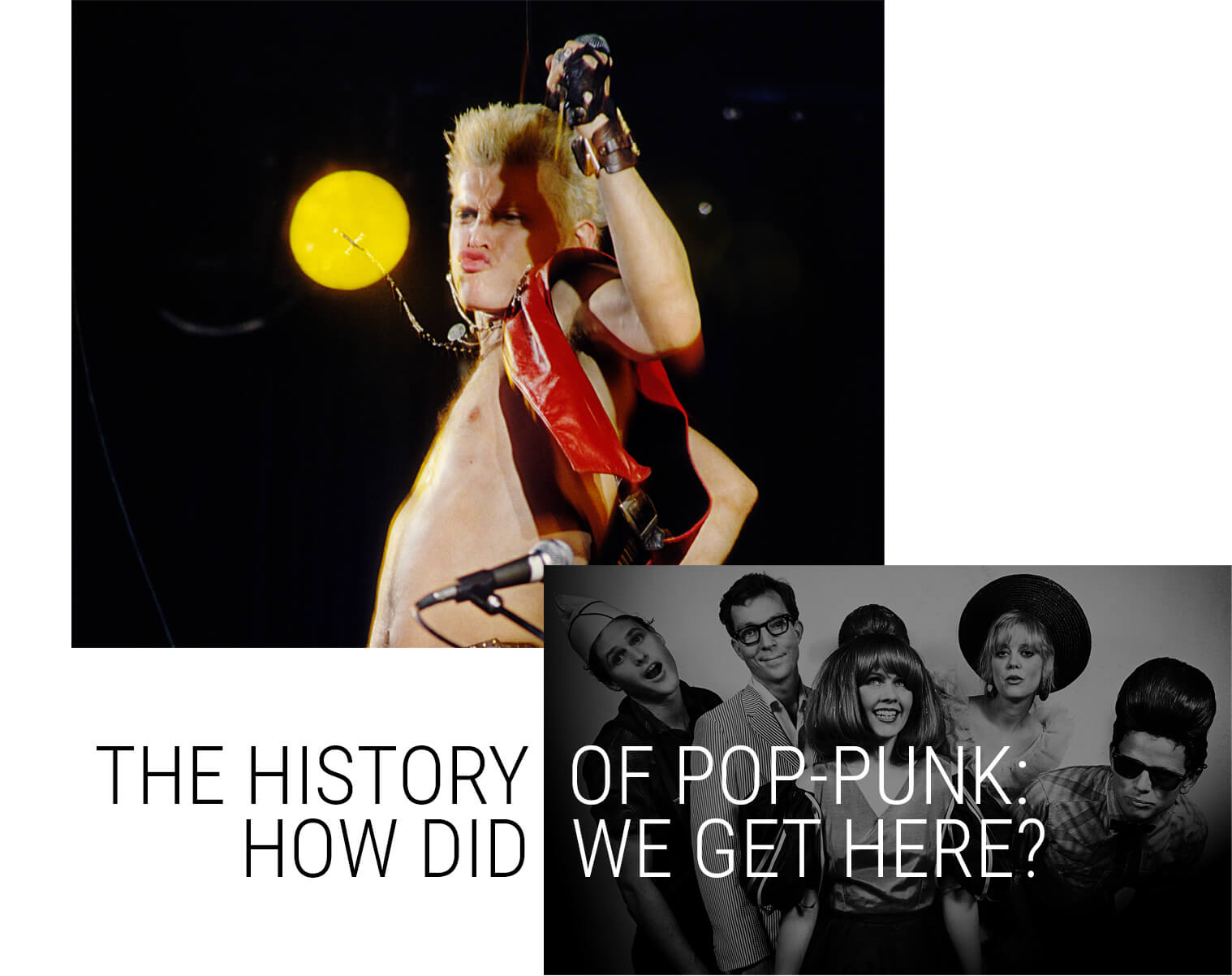
It’s easy to equate pop-punk with the 90s, that gritty post-grunge era that gave us Green Day and birthed the Warped Tour. While that’s fair enough, all things considered, it’s also a bit reductive. Sure, pop-punk hit the peak of its popularity in the 90s, but it didn’t start there, nor did it end. It’s a living genre that’s spanned decades and has yet to develop a death rattle.
The first examples of pop-punk started cropping up in the 1970s. The genre developed right alongside punk rock, though it was named retroactively in an effort to sort out the stylistic chaos of the era and create better defined musical categories. Some of the vanguards of punk rock, like the Ramones, were influential in laying the groundwork for pop-punk, dabbling with catchy melodies and classic pop song structures. Likewise, a number of new wave aligned artists, including the B-52s, Talking Heads, Billy Idol, Elvis Costello, and the Specials contributed significantly to the ever-expanding pop-punk catalog of the 70s and 80s.
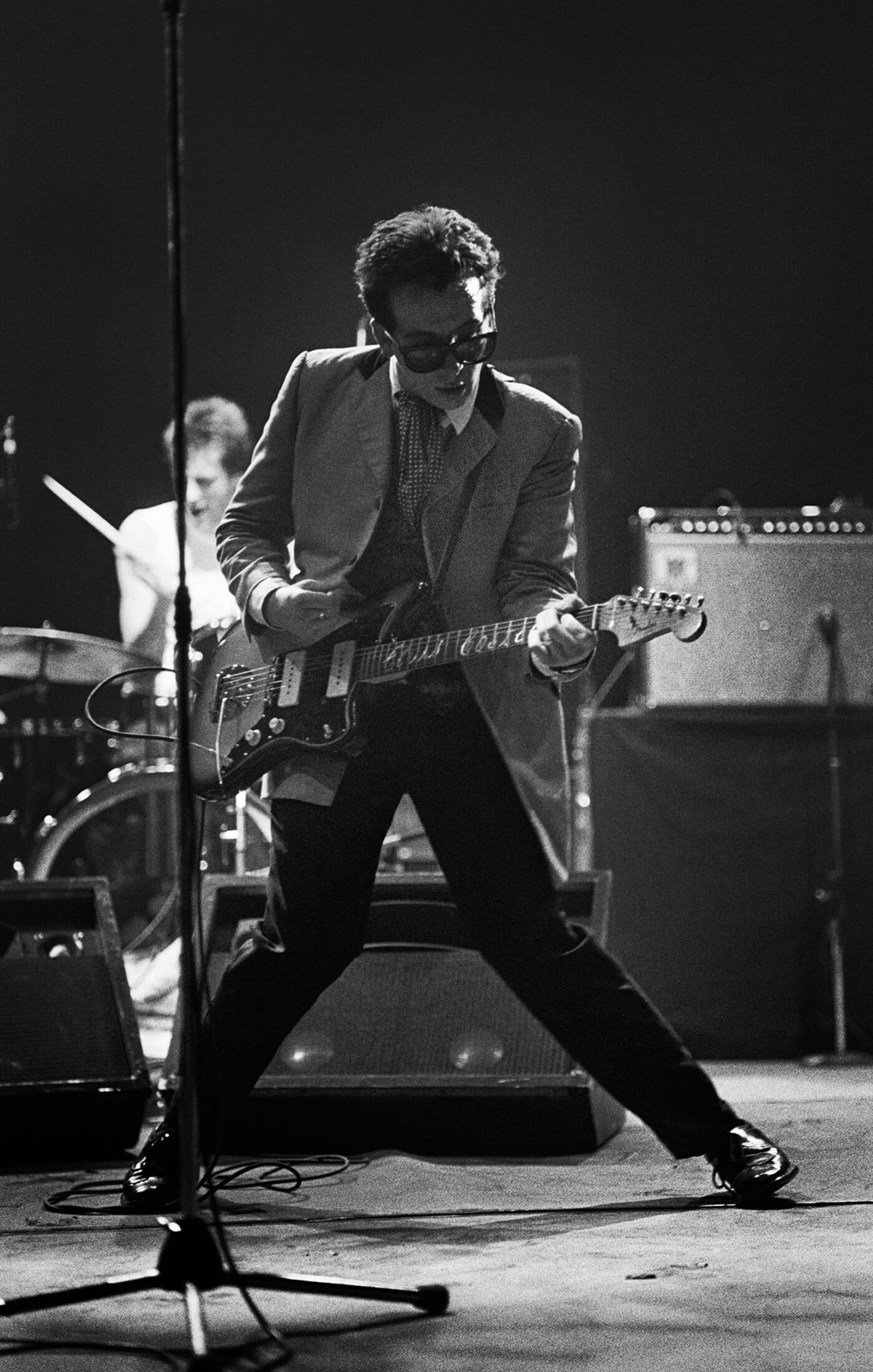
Many consider the Buzzcocks (formed in 1976) to be the first true pop-punk band. They combined the raw energy and excitement of the burgeoning punk rock scene with sweet melodic themes reminiscent of classic 60s pop. Their tuneful earworms quickly became the gold standard against which all future pop-punk would be judged.
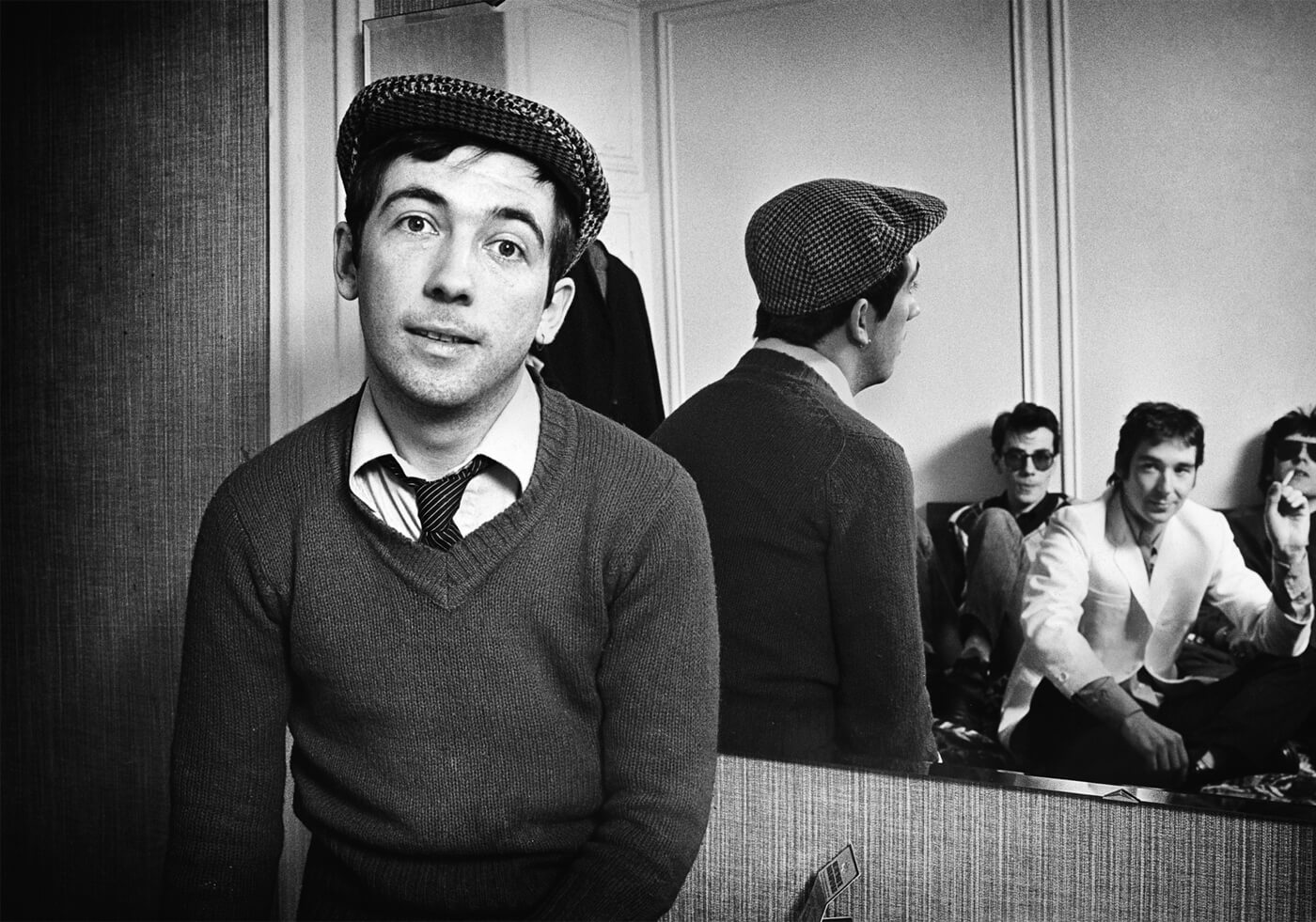
As the 70s became the 80s became the 90s, pop-punk really started to solidify into a distinct and recognizable musical style. Bands that would become synonymous with the genre, like Green Day and Blink-182 hit the scene and took the radio waves by storm. By the mid-90s, pop-punk was experiencing an unprecedented surge in popularity, which was only spurred on by the inception of the Warped Tour, a traveling music festival that nudged pop-punk even further into the mainstream.
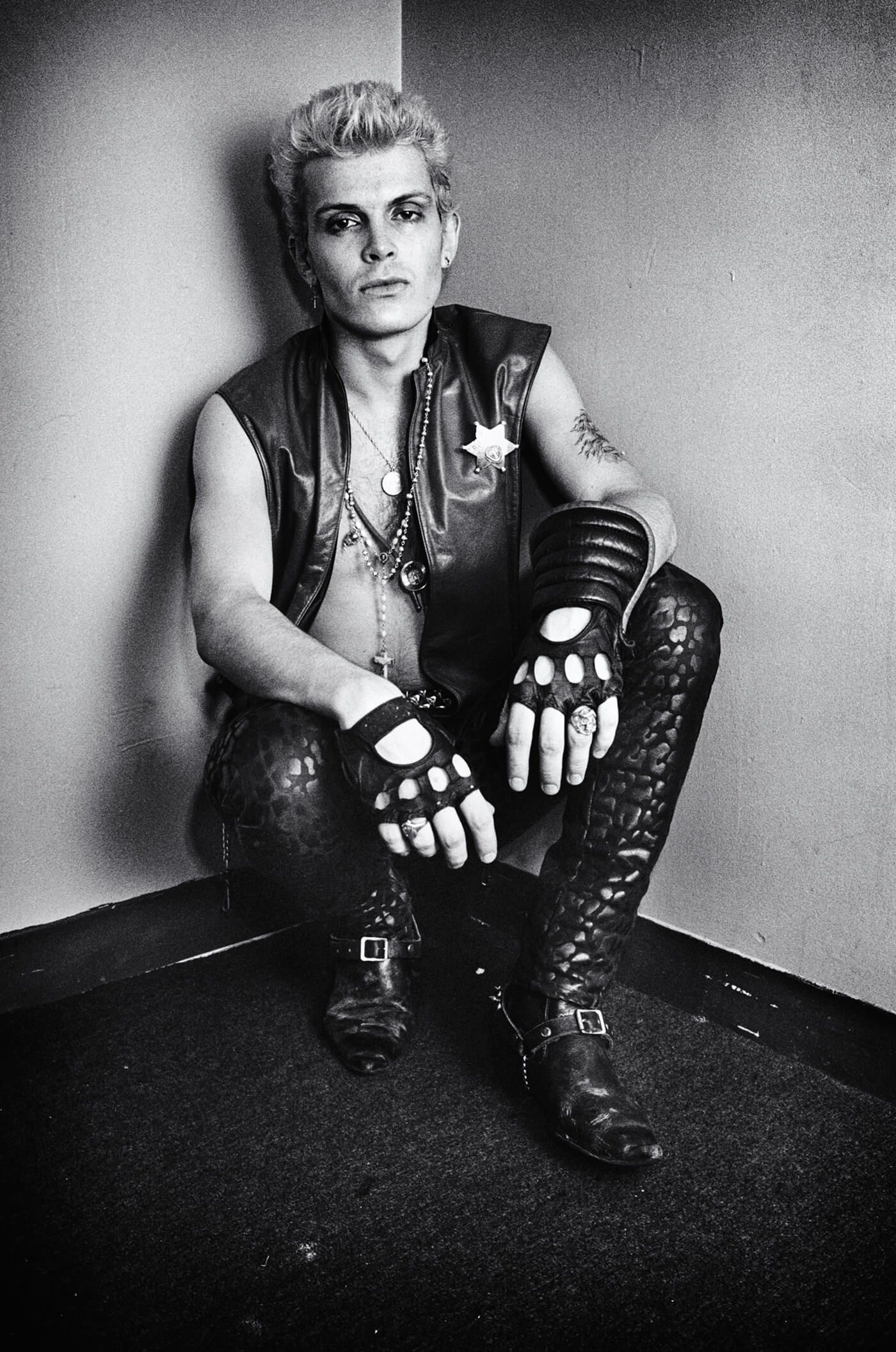
The genre continued to flourish into the 2000s, as artists like Avril Lavigne, Fall Out Boy, Paramore, and Panic! at the Disco introduced those classic punk sensibilities to a whole new generation. By the 2010s, however, pop-punk had started to slide off the charts, replaced in the zeitgeist by more dance-focused pop. It retreated into relative obscurity, but it never died out. Rather, it thrived in the musical underground, pupating, waiting to reemerge.
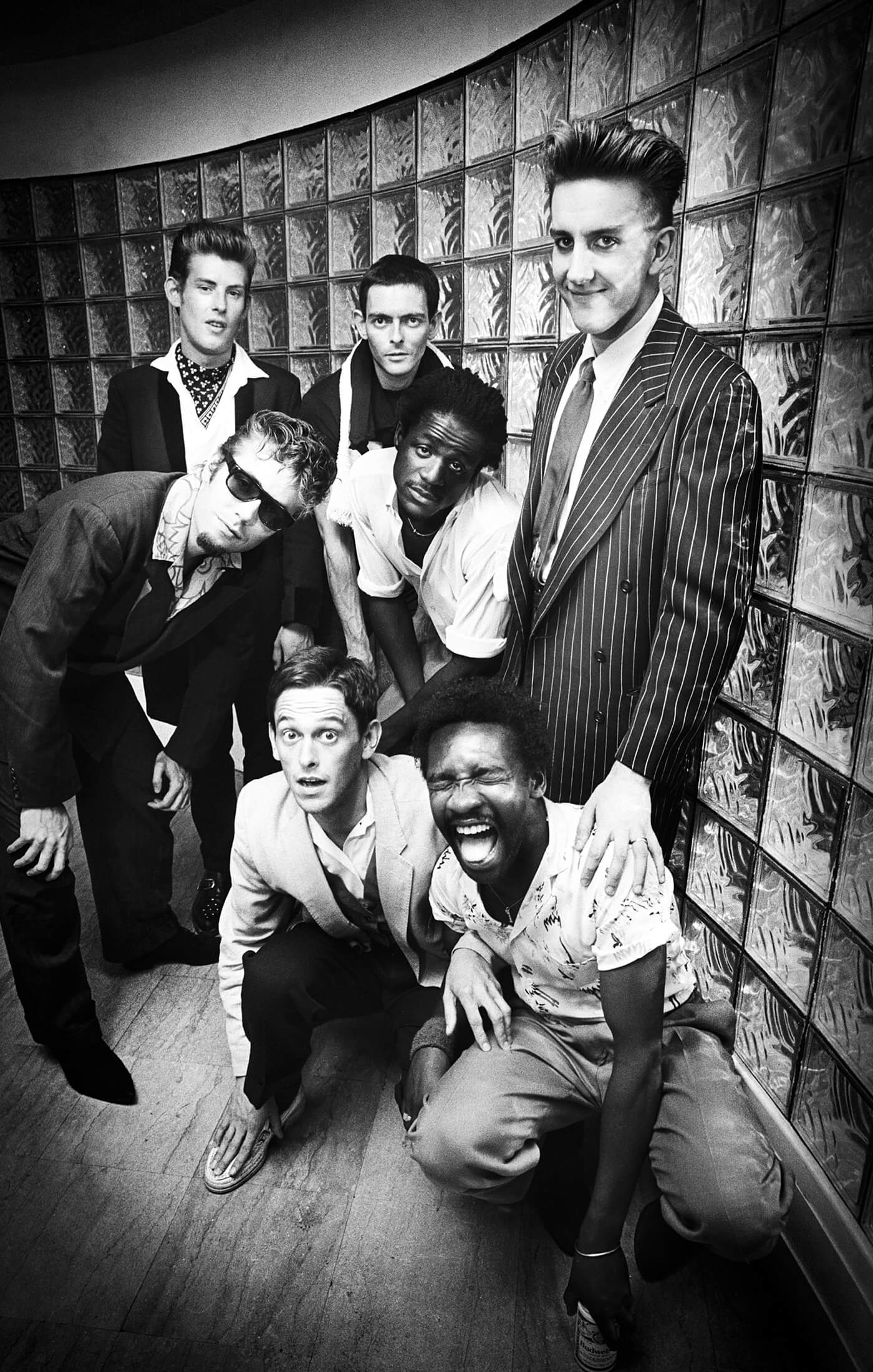
Now, as we navigate the first years of the new 20s, pop-punk is making something of a comeback. Machine Gun Kelly, Yungblood, Olivia Rodrigo, and a whole slew of other musicians are leading the resurgence, tugging pop-punk back into the mainstream. We can’t know exactly what the future of pop-punk will look like, but one thing is certain: this genre’s not going to disappear any time soon.

Want to get a close-up look at some of the very first pop-punk artists? Order a copy of Michael Grecco’s punk rock photography book, Punk, Post Punk, New Wave: Onstage, Backstage, and In Your Face, or check out his massive collection of punk rock prints today.

